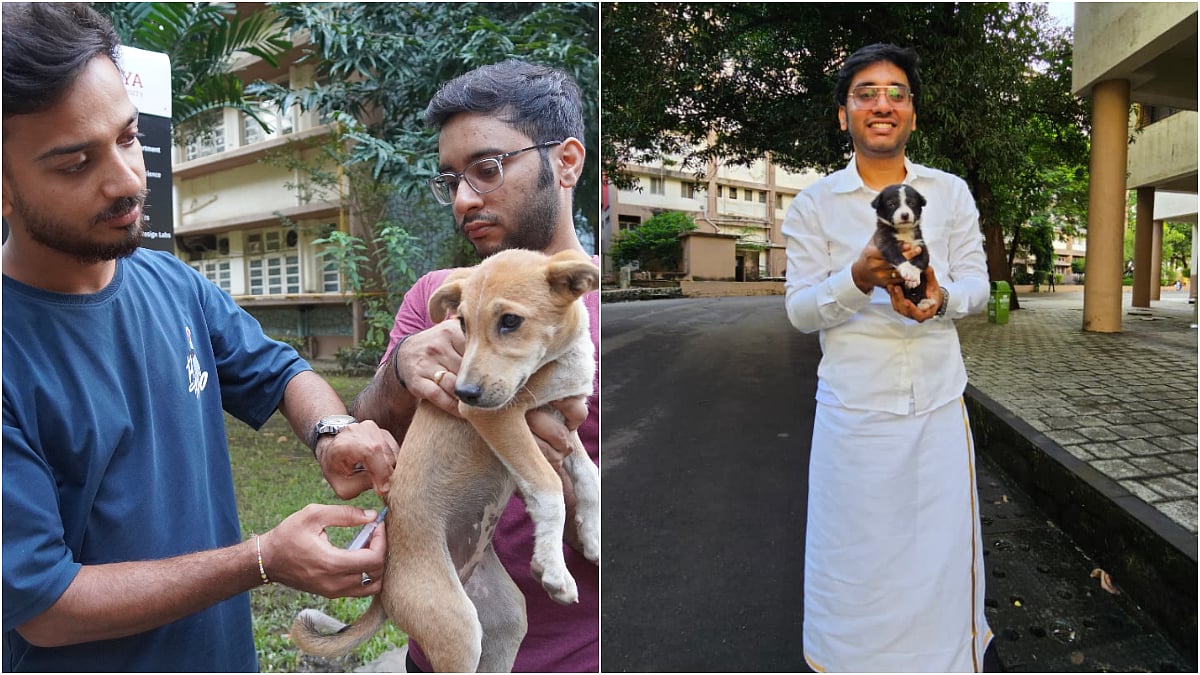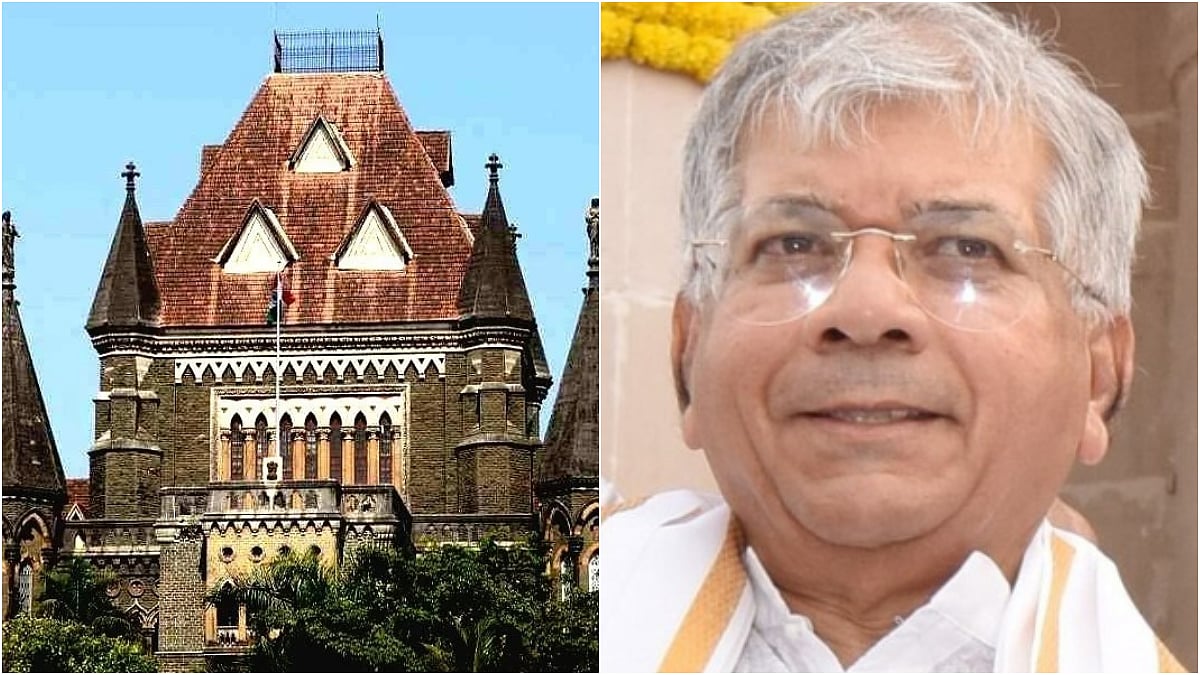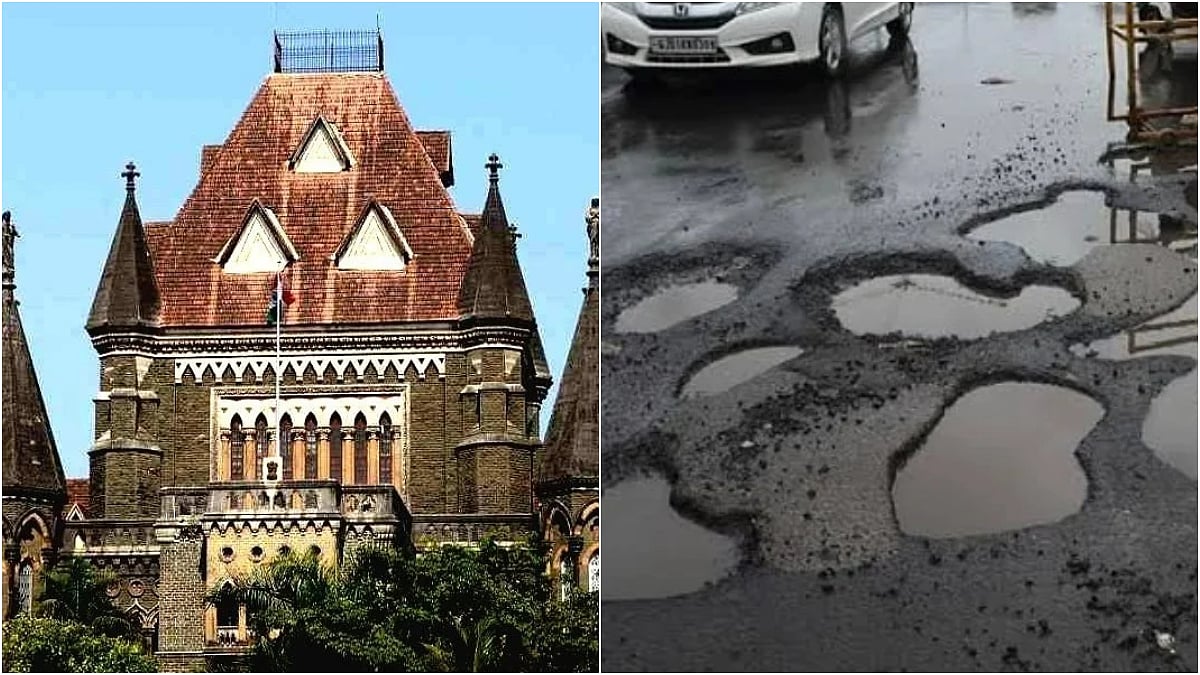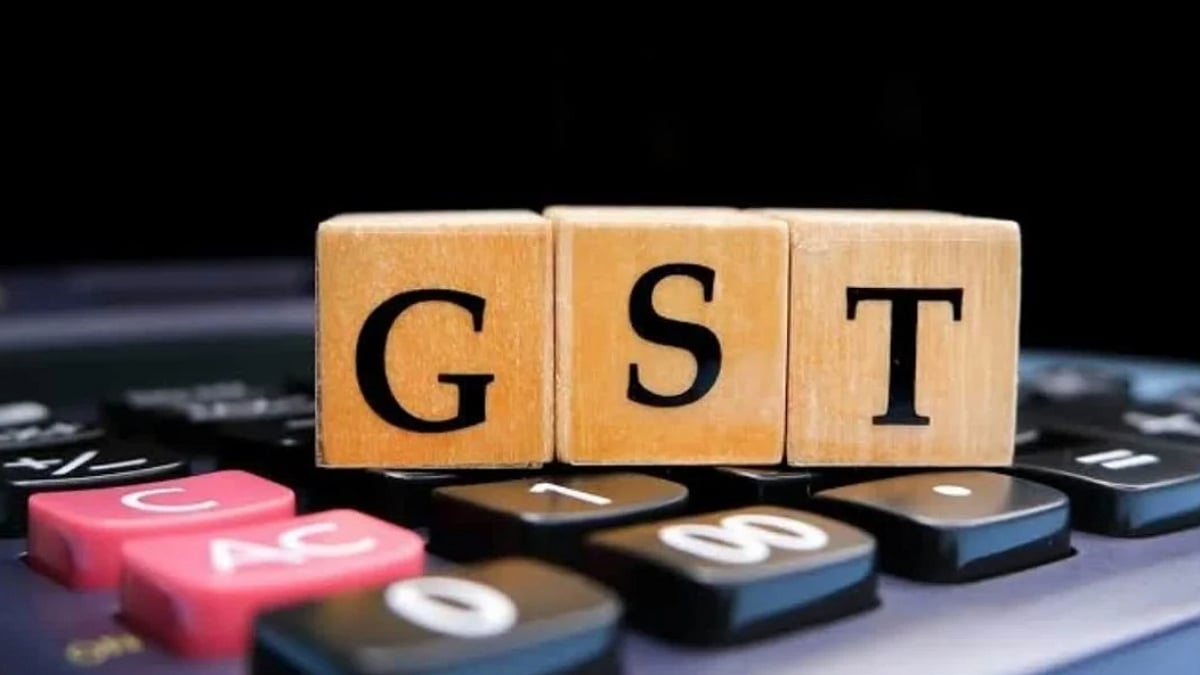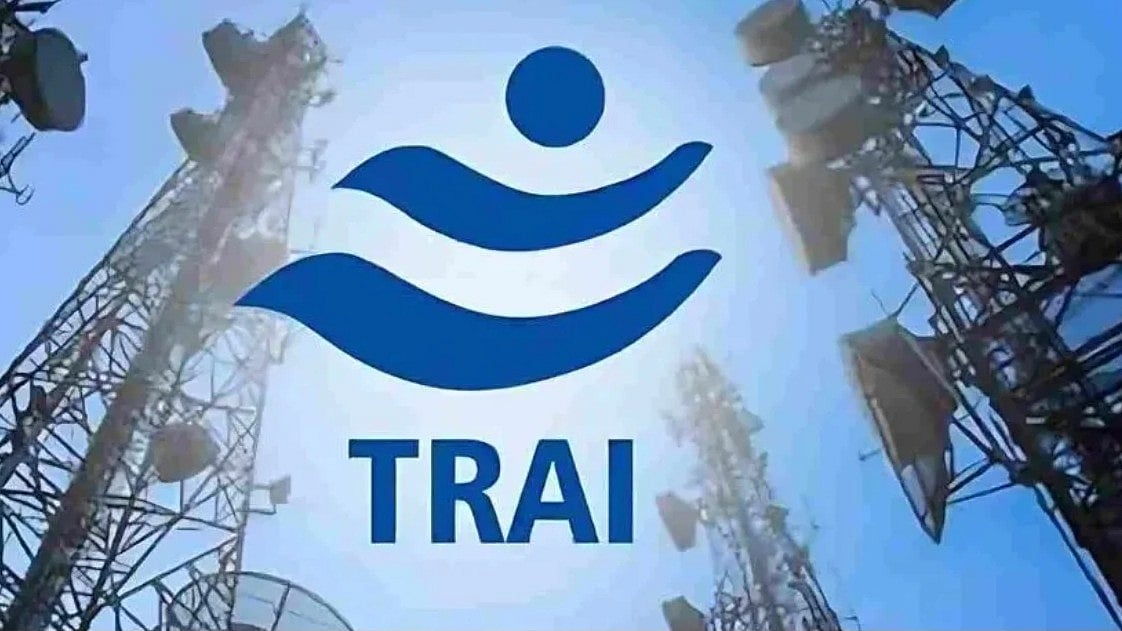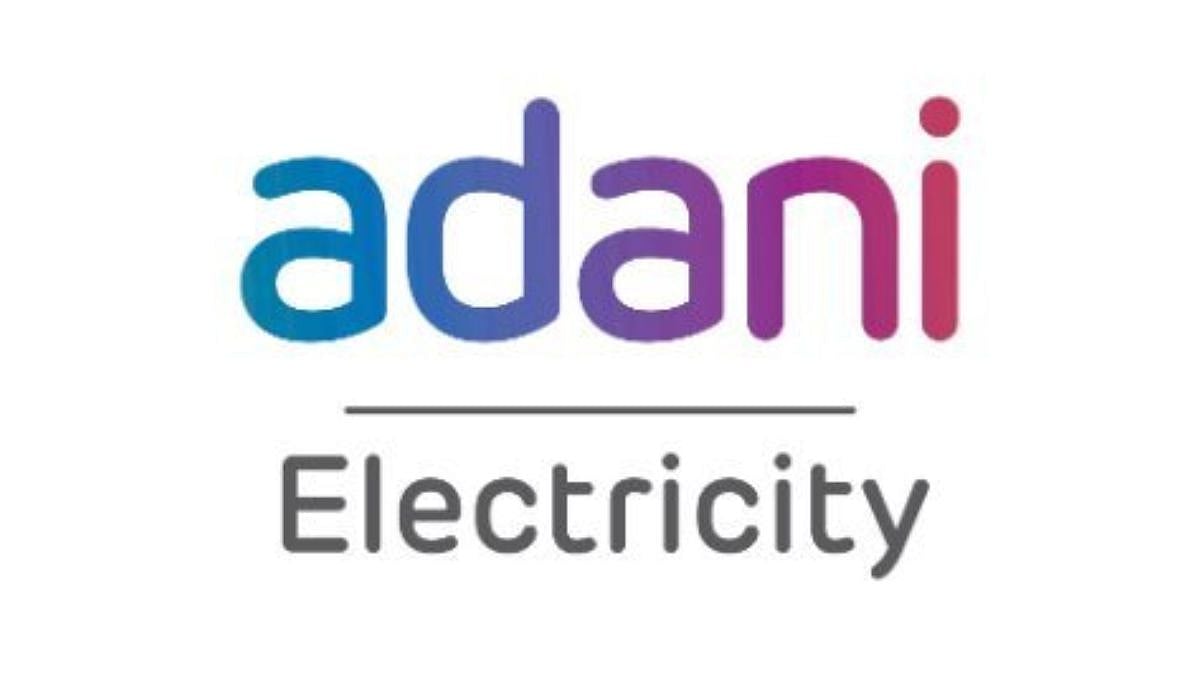XTep International Holdings Ltd is a leading multi-brand sportswear company listed on the Main Board of the Hong Kong Stock Exchange. The Group principally engages in the design, development, manufacturing, sales, marketing and brand management of sports products covering footwear, apparel and accessories for adults and children. In 2019, XTEP further diversified its brand portfolio, by acquiring four internationally acclaimed brands: US-based companies K-Swiss, Saucony and Merrell and France-based company Palladium to strategically target the mass market, athleisure and professional sports segments. The Group has an extensive global distribution network with more than 8,200 stores in Asia-Pacific, North America and EMEA.
In India, Xtep has opened around 50 stores after XTep General Manager Antone Liu came to India with stylish and functional sportswear products for adults to explore the market potential.
In an interview with Dominic Rebello and RN Bhaskar, (both from the Free Press Journal), Liu talks about Xtep’s innovative designs, technology and quality of its products targeted at the huge middle class segment of India.

Tell us a few words about Xtep?
Xtep is a sportswear company listed on the Hong Kong stock market. The company offers a wide range of products including clothing, shoes, shorts, t-shirts, hoodies, among others. The product line caters to both kids and adults, with distinct offerings for each demographic.
For adults, the company boasts of a significant presence in the global market, with nearly 7,000 stores worldwide. In the Xtep Kids segment, the company has almost 1,600 stores globally.
How many stores do you have in India?
In India, we currently have 50 stores, and our growth continues. In this country, we have not introduced Xtep Kids yet as the current price range is still not good to go for the Indian market. Therefore, the company has refrained itself from launching Xtep Kids in India.
Xtep has a diverse portfolio that includes the acquisition of various companies in 2019. One of these companies is K-Swiss, a US-based company renowned for its tennis shoes and tennis products. The other brand is Palladium, a France-based company known for its distinctive boots. These boots are not just functional but also blend urban and outdoor elements, offering a unique range of products.
Are these the kind of boots that mountaineers wear?
Yes, but the boots are more casual with more utilities like they are waterproof, tough, lightweight, and dust-proof amongst others. This product line caters to the urban and stylish audience. Xtep technology includes dynamic foam, reactive coil, high-quality soft pad, and multiple air cushion structures. One can check our Instagram to get a better understanding of its appeal and appearance. Apart from that, we have entered into a joint venture with US-based Saucony, a premium brand known for its running shoes.
Another brand we are involved with is Merrell, also a US-based company. Merrell focuses more on the professional outdoor category. This joint venture is exclusive to the Chinese market. This encapsulates the scope of our company.
You also have the apparels in your brand portfolio...
Yes, that is our brand portfolio. Xtep is positioned to cater to the mass market in China, and in India it is particularly focusing on the middle class. The pricing and product range are tailored to suit the preferences of a larger audience. This defines the brand's positioning.
We identify Xtep as a sports fashion brand. This distinction arises from our extensive product range, which spans running, trending, jumping, outdoor, basketball, urban, active, and campus wear. Additionally, we have ventured into the fashion domain for females known as ‘Half-Sugar’. These diverse categories are designed to appeal to various age groups.
The term "sports fashion" aptly describes our approach, as we seamlessly blend performance and lifestyle elements into our products.
What is Xtep’s market cap on the Hong Kong Stock Exchange and what would your group turnover be?
Our company’s market capitalization is around 12.02 billion Hong Kong Dollars (USD 1.5 billion). Xtep’s group revenue rose 14.8% to 6,522 mn Yuan (USD 919 million) in H1 2023.

How would you compare Xtep with the other big players in sportswear or fashion sector?
Globally, there are numerous brands, and sometimes it is challenging to draw direct comparisons because each brand has a unique positioning. For instance, well-known brands like Adidas, Nike, Sketchers, and Puma have a strong focus on premium customers and cater to the high-end market. Our brand positioning is geared more towards the mass market. We consistently aim to provide value products to our customers, emphasising the concept of 'value for money.'
Though we may not position ourselves as a premium brand, Xtep excels in design, research and development (R&D), and technology. While it wouldn't be accurate to claim superiority over these brands entirely, there are areas where we outperform them, especially in apparels. Our products include features such as waterproof and dustproof, and we offer extra coatings with UV protection. In these aspects, we believe we stand out.
Our products are well-received in India and China. Most of the people think that our design, color combinations, and technology are up to the mark.
We prioritise investing in R&D, maintaining high-quality standards, and adopting advanced technologies, as evidenced by Xtep’s establishment of the first Asia’s first running lab.
This lab allows out company to collect data from runners, facilitating R&D for material and design improvements, as well as enhancements in performance. Additionally, our strength lies in production. Unlike many international brands that separate operations and production, we have our own factories, enabling us to control costs and maintain high-quality raw materials. This control over production allows us to offer our customers top-notch products at competitive prices.
In summary, while we may not claim to be cheaper, our costs are consistently lower than others in the industry, ensuring our customers receive the best products for their money.
Tell us about your career graph and the journey of Xtep’s India operations?
I have been with this company for nearly 14 years, having joined on August 1, 2011. Prior to this, I worked for another Chinese company that specialized in sportswear, known as Antar. I joined Xtep in 2011 and have been with the company since.
Before my assignment in India, I primarily worked in the strategy department of Xtep. This department played a crucial role in developing strategies for products, brands, and the market. The department was responsible for formulating three to five-year plans and conducting annual reviews. The department also took care of training, management and other things.
Feeling the need for a challenge, I transitioned to the business center. In this role, I wanted to understand the intricacies of the market, because sitting in the strategy department one does not come to know which plan is working or what is going wrong. Therefore, in 2013, I expressed my interest in moving to the business center to gain firsthand experience in customer interactions and how they fight for market share, for customers.
Wearing my 'Marketing hat' as an ECO, I worked for the CL Center, overseeing 21 branches in China. This role involved managing business operations and marketing efforts.
In 2017, due to the BRICS Summit in China, specifically in Xiamen where Xtep is headquartered, the idea to explore the Indian market emerged. With the growing relations between China and India and the encouragement from the BRICS Summit, we decided to venture into the Indian market.
Given my experience in the strategy department, I was tasked with creating a three-year and five-year plan for this new endeavor. Since I was managing all aspects of the brands, the project came to me. In 2018, I started my journey in India and have been here since.

So you started the India chapter for the company...
Yes, I can affirm that when I arrived here, there was nothing in place. No office, no warehouse, not even a house. I didn't even have a team, just a single bag with me. After reaching India, I had to build everything from scratch. We formed a team, secured an office, found a warehouse, and searched for suitable locations to open stores. Subsequently, we delved into understanding the business terms and conditions in this new environment and sought out potential partners. This has been the journey so far.
How many people do you employ in India?
In India we employ around 150 people.
How do you see the Indian markets?
The Indian market shows promise, given the rapid economic growth observed. It is notable that the GDP growth each year positions India as a potentially third-largest GDP country in the future. Additionally, India is already among the top five countries globally in terms of population, a critical factor for businesses.
However, despite the positive aspects of the market, challenges persist, particularly for a Chinese brand like ours. The first challenge is the lack of familiarity; many people are not yet acquainted with our brand. The second challenge stems from the perception of us being a Chinese brand, although we are a global brand. It may take time for people to understand this distinction, especially given our relatively recent presence in the market.
Nevertheless, there is significant potential. Once customers discover our products, they tend to appreciate the price range, color combinations, quality, and technology. We have even attracted customers who switched from established brands like Nike and Adidas. Our commitment to offering high-quality products at an appealing price range has resonated well with customers.
While the market holds promise, building a team is crucial for sustained growth. Finding partners who are willing to invest in and work with our brand is essential. This, too, presents a challenge as our brand may not be widely known in the region. Building partnerships and expanding aggressively will require time, but the potential for growth is evident.

Any expansion plans for India
Our initial plan was to have 500 stores as our target, aligning with the substantial market capacity in India. This is our five-year plan.
However, this year has seen a slight downturn in the market. While our original goal was to open 70-plus stores, we have achieved 50-plus stores this year. Despite the challenges, we are still experiencing steady growth.

